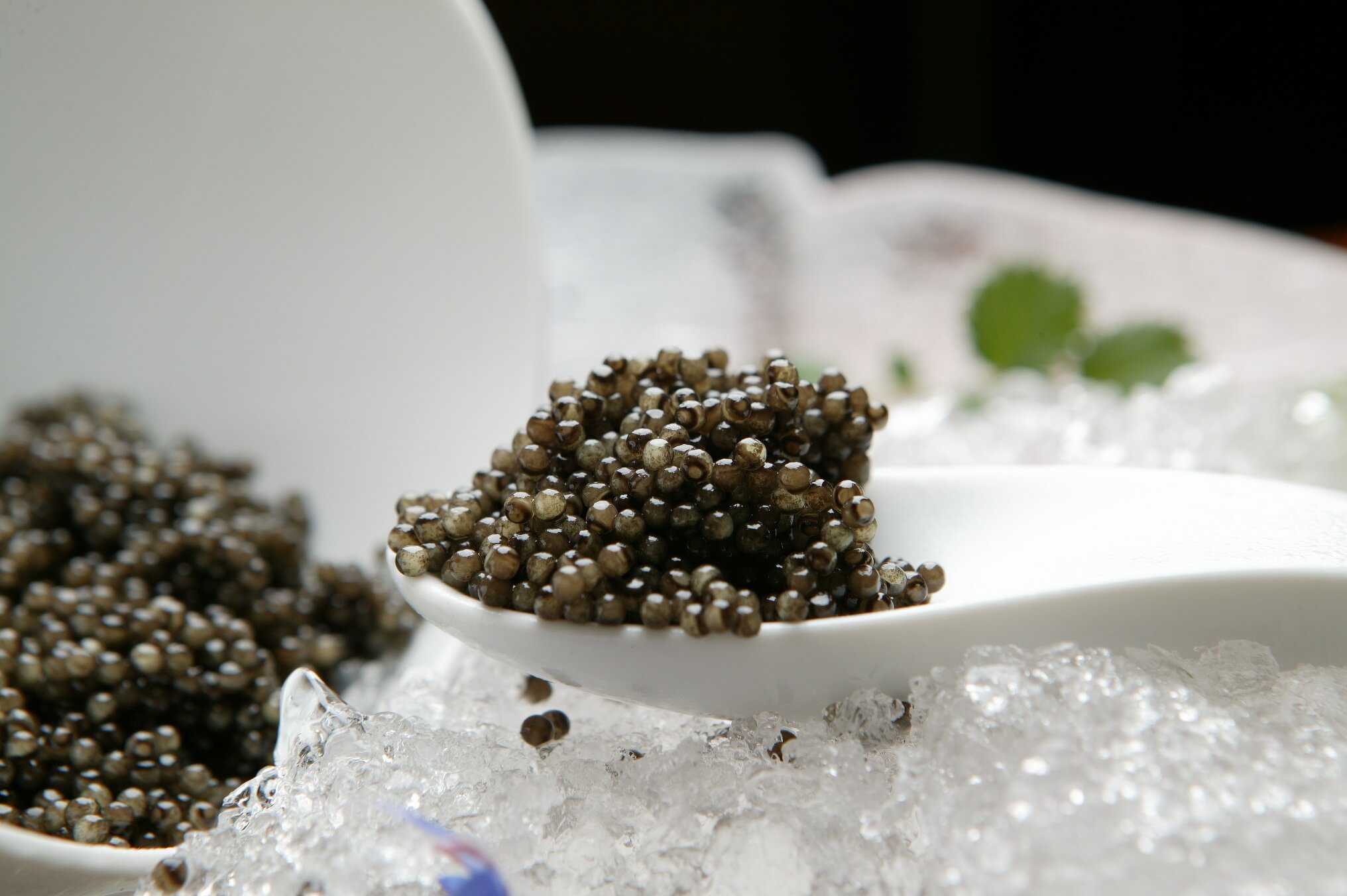At first glance, one may wonder how one can search for such humble fish eggs, but true caviar is considered one of the best delicacies and one of the most expensive foods in the world, with a namesake dating back to Aristotle, Marco Polo and Other explorers of this type became immortal in our history books. Caviar has long been synonymous with the luxurious way of life.
True caviar captures the epitome of slow food movement. It is the perfect storm of evolution and innovation. It is one of the oldest delicacies in the world. But few have unraveled the secret behind the fountain, so today we address the question: why is caviar so expensive?
Table of Contents
The fountain; A waiting game
To understand the rare and refined nature of black sea pearls, you must first return to the art of production. The best caviar in the world comes from the endangered species of the beluga sturgeon. The sturgeon caviar is one of the oldest anadromous creatures found in the cold crystal clear waters of the Caspian Sea. A late-maturing mammoth fish, the female beluga sturgeon can live 118 years and does not produce fish eggs for a cycle of at least 18 years. Farmers who commit to getting expensive food from beluga caviar are locked in a waiting game
Sturgeon; An endangered species
Beluga caviar has been in demand for a long time, centuries of imports and exports have made sturgeon fish an endangered species, especially in Iran’s Caspian Sea sturgeon’s preferred playground. In 2010, when the sturgeon population was reclassified and added to the endangered list, heavy production stopped and Iran had to place national controls on the industry.

Now, the production of beluga caviar was not only extremely slow due to the natural cycle of the sturgeon fish, but production restrictions and tight import and export controls caused further shortages.
The Caspian Sea; Under strict duress
In an attempt to keep supply and demand high, other countries will try to grow their own beluga sturgeons, waiting for their own onyx egg bloom. However, the brackish conditions native to the Caspian Sea of Iran cannot reproduce on remote fish farms in Florida or China, and the result will often be from lower controls.
Wild fishing for the beluga sturgeon has suffered massive repression, but Iran remains a place where sustainable agricultural conditions are as close to wild fishing as the industry can hope. Highly encoded sturgeon species are raised legally and under strict duress on the shores of the Caspian Sea until the female roe are ready for natural harvest.
The investment; Iran’s Most Precious Export
The caviar farms that dot the coast are heavily regulated and backed by government revenue. There is no place for experimentation in this market: quality is everything. This high level of investment raises value, and caviar has become Iran’s most expensive export, even dwarfing global oil power. Iranian caviar has become a dynasty, with the Michelin community committed to sourcing Iranian when it comes to the legendary elixir ingredient.

